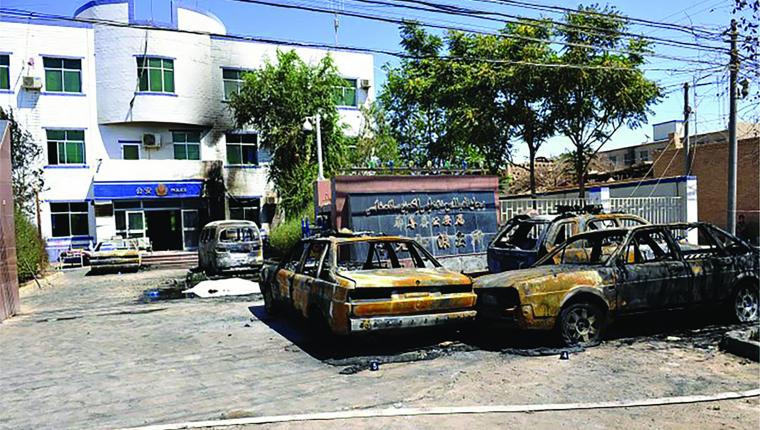
Gürses, E. (2020). The geopolitics of separatist movements in Eurasia. Belt & Road Initiative Quarterly, 1(2), 48-64.

This work is licensed under a
Creative Commons Attribution 4.0 International License.
Historically, the struggle for global hegemony has seen geographical power centers move from one region to another. In the 15th and 16th centuries, maritime trade and sea power shifted the world’s center of weight to the West. At that time Asia entered a period of stagnation. It has been observed that the transition of power is directly associated with the change of control of global production networks and trade routes. In the last quarter of the 20th century, the dynamism in the world economy at long last shifted back towards Asia. It is noteworthy that Western-based powers are now trying to block this development. The intensive efforts by Western powers to prevent the power center from shifting to Asia have turned into fierce competition in the Eurasian region. The forces that are parties to this competition have backed subversive activities as an effort to intervene in the internal affairs of countries with high potential to stand out, to protect their positions and defeat opponents. The forces that can resist similar destructive activities will take an active place in the new international system. Today, the instability created by separatist movements, which we currently observe as one of the most salient destructive activities, is a tool used by the prevailing hegemonic forces to exclude potential rivals in the race for hegemony.
Keywords: Destructive activities, Eurasia, geopolitics, hegemony struggle, international system.
